Read it and weep, equivalence doubters!
Equivalence for a lens means same DOF, same FOV, same noise, same diffraction, same perspective. Perspective is dependent on subject distance, so keep it the same for each system. Adjust focal length and f-number by the crop factor. Use ISO to equalize brightness. Here are a few equivalents:
Nikon V1, 1" sensor, 100mm f/2.0, crop factor 2.7X
@ 10 ft. subject distance, DOF is 0.13 ft.
@ 100 ft. subject distance, DOF is 13.4 ft.
Pentax K-50, APS-C sensor, 180mm f/3.6, crop factor 1.5X
@ 10 ft. subject distance, DOF is 0.13 ft.
@ 100 ft. subject distance, DOF is 13.4 ft.
Nikon D800, FF sensor, 270mm f/5.6, crop factor 1X
@ 10 ft. subject distance, DOF is 0.13 ft.
@ 100 ft. subject distance, DOF is 14.1 ft. (The DOF calculator would not allow f5.4, which explains the slight difference in DOF at 100 feet).
Online Depth of Field Calculator
Now let's look at noise equivalence using DXOMark:
Nikon V1, 100mm, 1/300s, f/2.0, ISO 100; SNR is ~35dB
Pentax K-50, 180mm, 1/300s, f/3.6, ISO 350; SNR ~35dB
Nikon D800, 270mm, 1/300s, f5.6, ISO 640; SNR ~35dB
Nikon D800 versus Pentax K-50 versus Nikon 1 V1 - Side by side camera comparison - DxOMark
In summary, photos taken with the above setups will be equivalent in FOV, DOF, perspective, diffraction and noise, i.e. equivalent photos.


 Similar Threads
Similar Threads 








 )
)
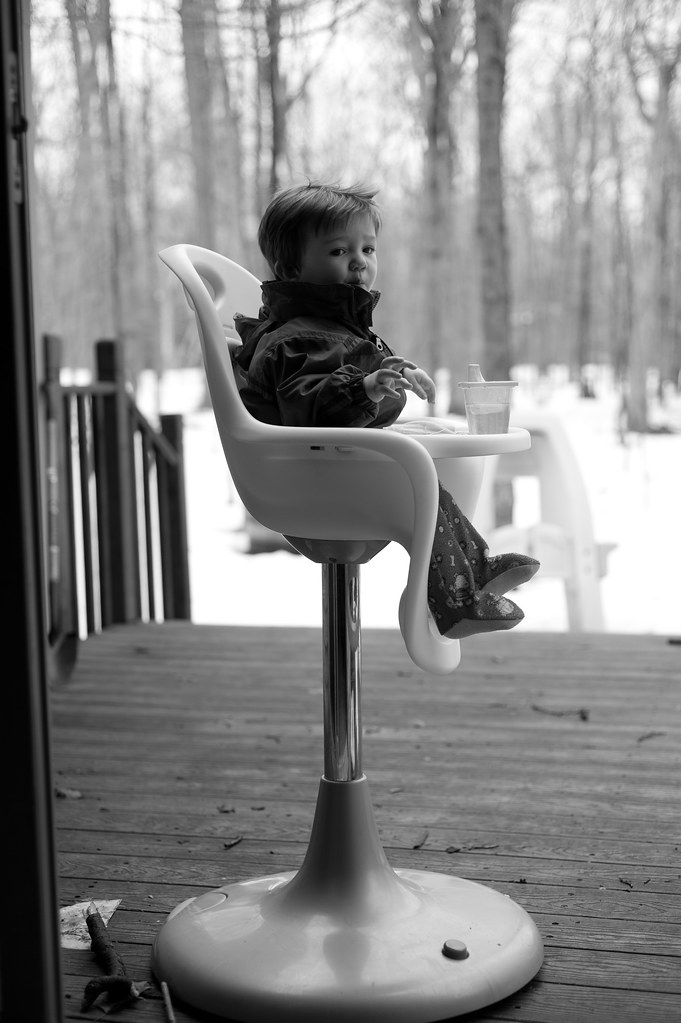



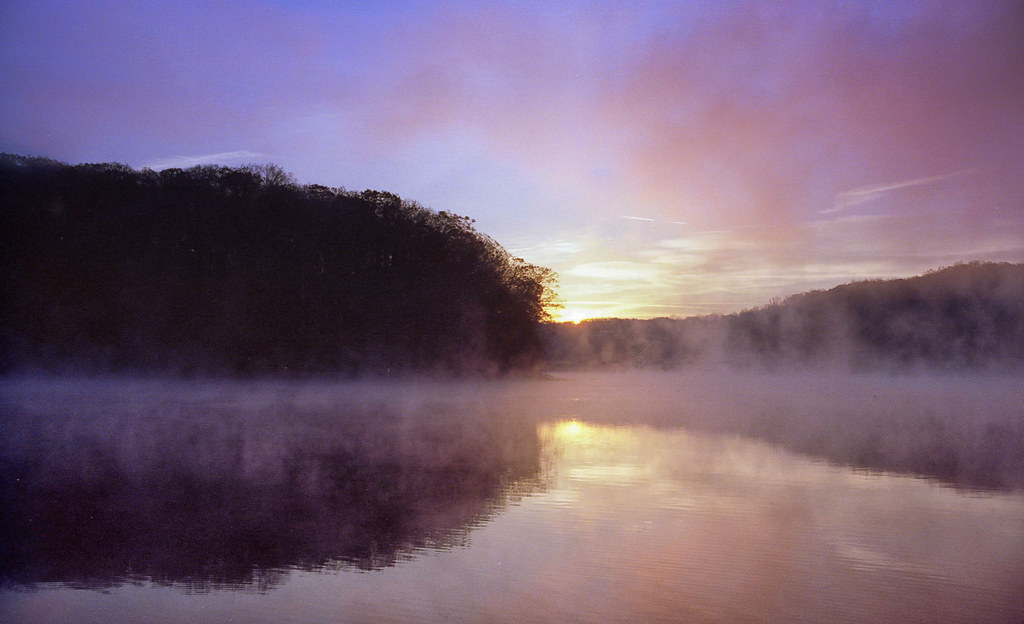
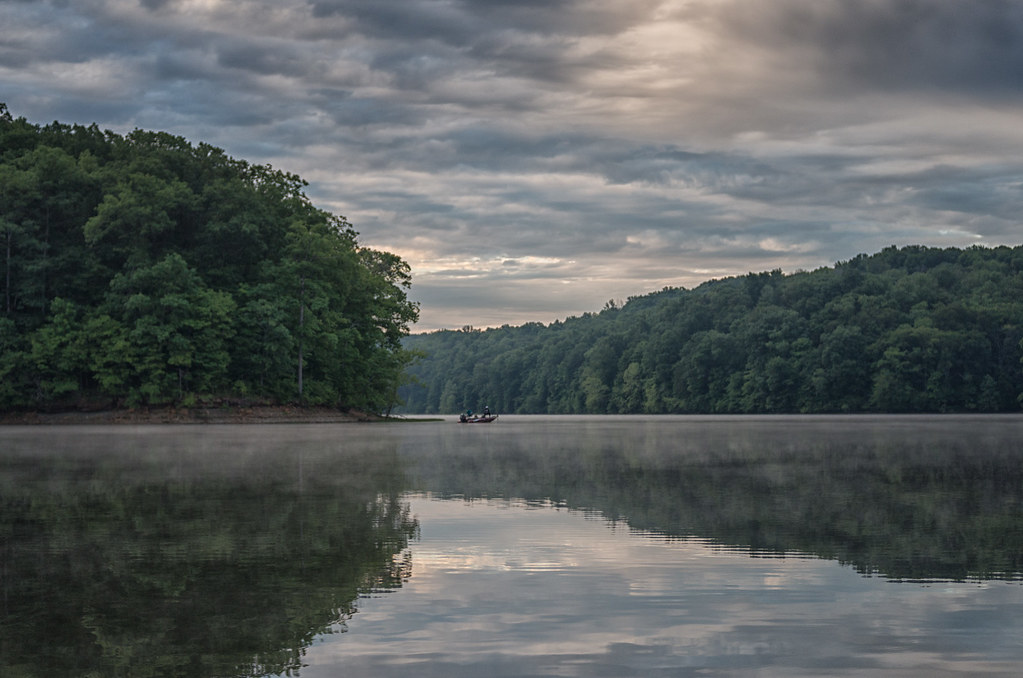


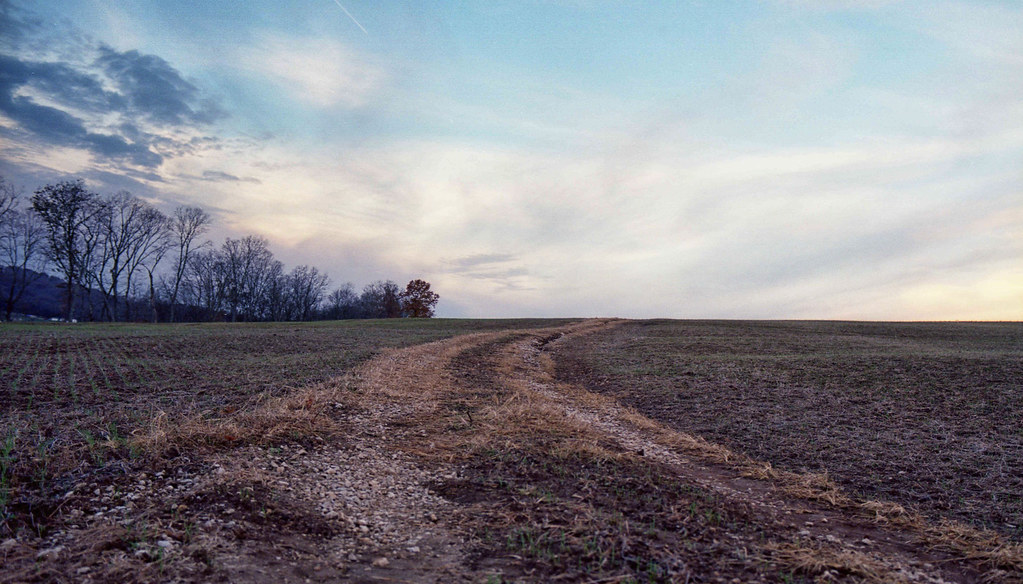
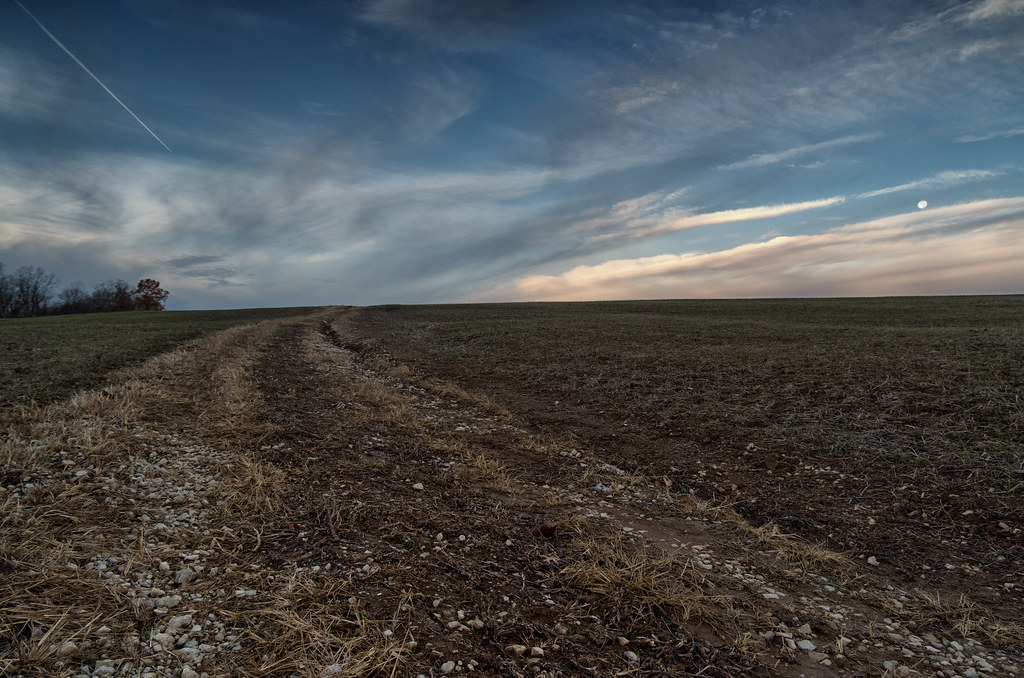





 Post #15 by emptyd83
Post #15 by emptyd83








